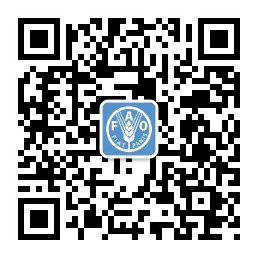The scholarly use of journals offered through the Health Internetwork Access to Research Initiative (HINARI) and Access to Global Online Research in Agriculture(AGORA) Programs as suggested by the journal-citing patterns of authors in the least-developed
التّلخيص
The Health Internetwork Access to Research Initiative (HINARI) and the Access to Global Online Resources in Agriculture (AGORA) programs provide free access to academic journals through the internet to researchers in the developing world. The objective of the programs is to engage researchers in the scholarly communication process through the scholarly use of these journals. A measure of scholarly use of a journal by a researcher is the number of times the journal is cited by that researcher. A citation study was conducted to explore the patterns of use of these journals by researchers in eligible countries. Bibliographic data for citations made by researchers from 108 eligible countries for each year from 2000-2007 were downloaded from the Science Citation Index and the Social Science Citation Index. The citation data were matched against HINARI and AGORA title lists in a database developed for this purpose. The frequency of citations made to journals in the AGORA and HINARI collections and the annual percent change in the frequency of these citations were analyzed for suggestions that the programs positively impacted the scholarly use of the journals by these researchers. The data treatment for each country, sub-region and region was guided by twelve research questions. Results were summarized and interpreted at the regional level. The data suggests that for some geographic groups, life science and agricultural researchers have become more engaged in formal scholarly communication since the initiation of the HINARI and AGORA programs and at a greater average percent change than other researchers. However, data for other geographic groups suggest that their researchers have not become more engaged in the scholarly communication process. Further research that couples these findings with other data will lend explanatory power to the results and inform future program planning for HINARI and AGORA.

